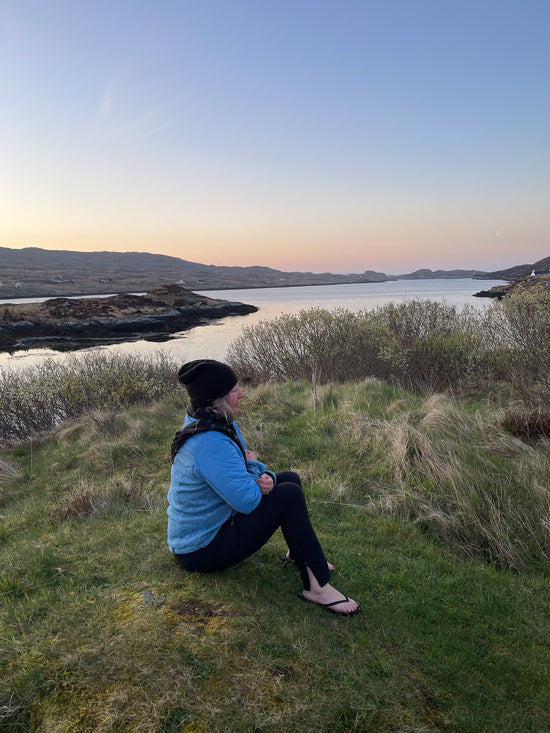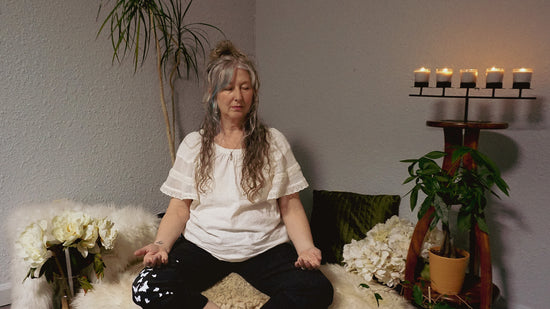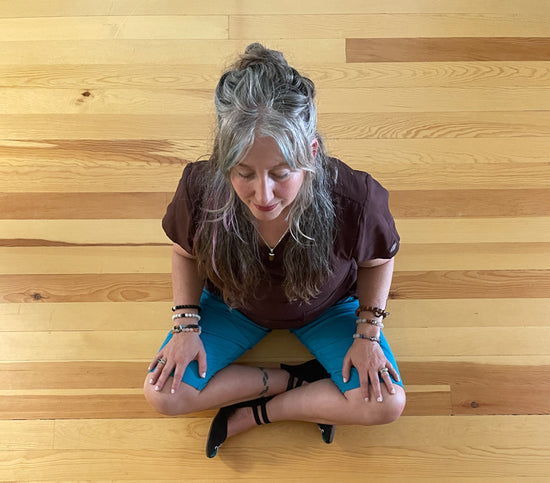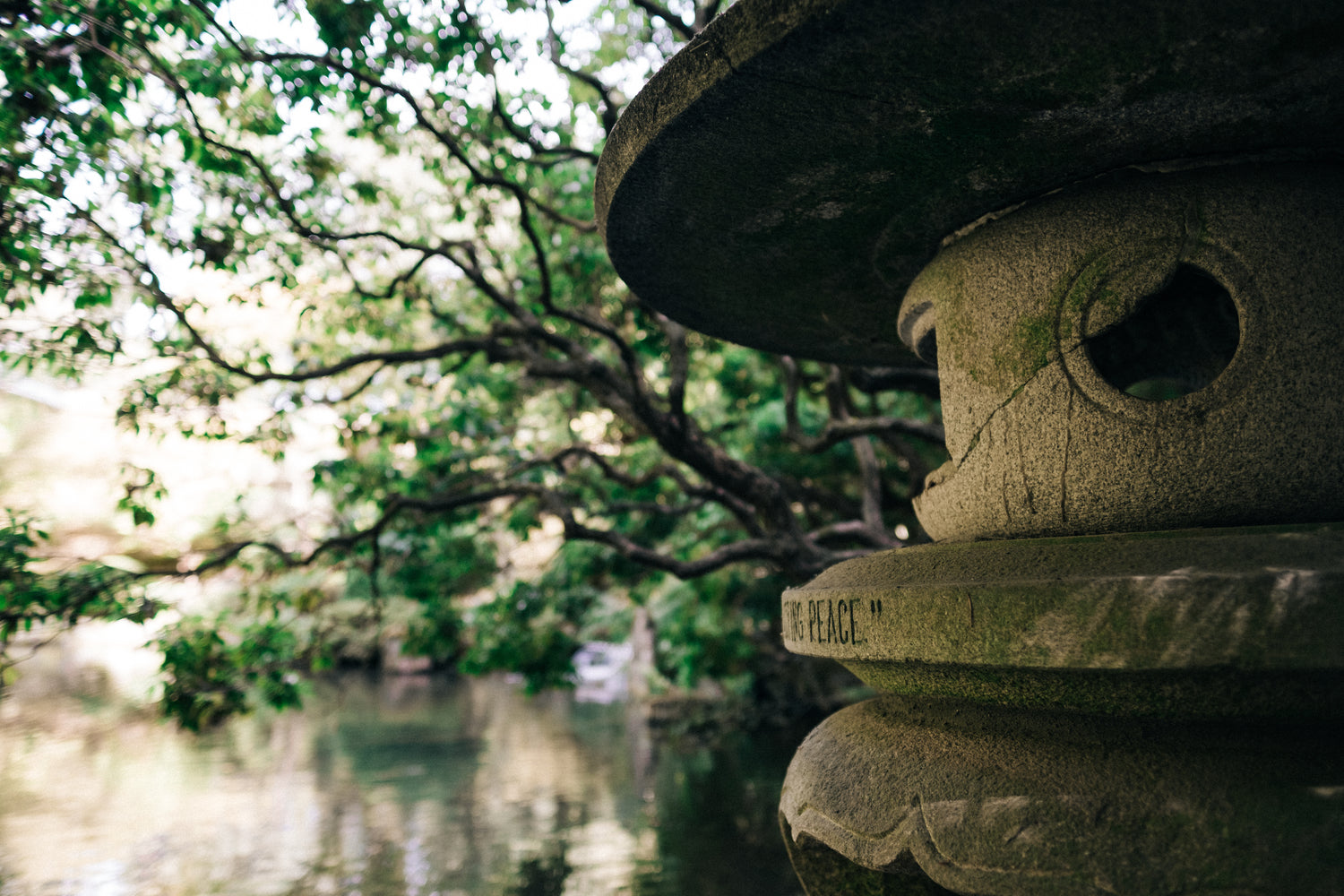How your skin responds to ultraviolet light.
This scale was developed in 1975, by Harvard dermatologist Thomas B. Fitzpatrick. It acts as a way to classify the skin according to the amount of pigment your skin has and your skin's reaction to sun exposure. This information is helpful in determining the amount of sun damage and potential risks of skin damage and skin cancer to your skin.
Where in the world you live makes a difference
The closer you live to the equator, the more intense the sun is. Living near the equator makes it even more important for you to care for your skin. But, no matter where you live, sunscreen is important for ALL types of skin. Fine tuning your routines using your Fitzpatrick number and where you live will help with your overall skincare health.
What are the different skin types?
Keep in mind that this classification scale can be semi-subjective and you may not meet all of the characteristics. Ensure that you go with the one that is the closest fit to your lovely skin. For example, I have ivory skin that burns, but can get a very dark tan. So, I fall within Type 1 and Type 3. I treat it as a Type 1.
Fitzpatrick Skin Type 1
Before Sun Exposure
- Skin color: Ivory
- Eye color: Light blue, light gray, or light green
- Natural hair color: Red or light blonde
- Sun reaction: Skin always freckles, always burns and peels, and never tans
Fitzpatrick Skin Type 2
Before Sun Exposure
- Skin color: Fair or pale
- Eye color: Blue, gray, or green
- Natural hair color: Blonde
- Sun reaction: Skin usually freckles, burns and peels often, and rarely tans
Fitzpatrick Skin Type 3
Before Sun Exposure
- Skin color: Fair to beige, with golden undertones
- Eye color: Hazel or light brown
- Natural hair color: Dark blonde or light brown
- Sun reaction: Skin might freckle, burns on occasion, and sometimes tans
Fitzpatrick Skin Type 4
Before Sun Exposure
- Skin color: Olive or light brown
- Eye color: Dark brown
- Natural hair color: Dark brown
- Sun reaction: Doesn’t really freckle, burns rarely, and tans often
Fitzpatrick Skin Type 5
Before Sun Exposure
- Skin color: Dark brown
- Eye color: Dark brown to black
- Natural hair color: Dark brown to black
- Sun reaction: Rarely freckles, almost never burns, and always tans
Fitzpatrick Skin Type 6
Before Sun Exposure
- Skin color: Deeply pigmented dark brown to darkest brown
- Eye color: Brownish black
- Natural hair color: Black
- Sun reaction: Never freckles, never burns, and always tans darkly
What does it mean?
Types 1 and 2
If your skin type is 1 or 2, you run more of a risk with:
- Sun damage
- Skin aging from sun exposure
- Melanoma and other skin cancers
Following these tips to protect your skin is super beneficial:
- Use a sunscreen with an SPF of 25 or more when in the sun.
- Limit your sun exposure and seek shade whenever you’re out in the sun.
- Wear a hat with a wide brim to protect your head and face.
- Wear UV-blocking sunglasses.
- Consider wearing protective clothing with a UPF rating of 30 or higher if you plan to be in direct sunlight for extended periods.
- Use an umbrella in summer to protect from the sun.
- Check your skin from head to toe each month.
- Have an annual skin checkup with a doctor.
Types 3 to 6
If your skin is type 3 to 6, you still have risk of skin cancer from sun exposure, especially if you’ve used an indoor tanning bed. Use sun protection even though your risk is slightly lower than people with type 1 or 2 skin.
For maximum protection, following these tips will help:
- Limit sun exposure.
- Wear a hat with a wide brim to protect your head and face.
- Wear UV-blocking sunglasses.
- Wear protective clothing if you plan to be in direct sunlight for extended periods.
- Wear sunscreen with an SPF of 15 or greater.
- Check your skin from head to toe each month. Pay careful attention to any strange growths. Acral lentiginous melanoma is the dominant form of melanoma among darker-skinned people. It appears on parts of the body not often exposed to the sun. It’s often undetected until after the cancer has spread, so make sure you check all areas of your body.
- Have an annual skin checkup with a doctor.
For peoples with type 3 to 6 skin tones, keep in mind that skin cancer is still something to watch out for. The Skin Cancer Foundation notes that African-Americans who have been diagnosed with melanoma can run the risk of an overall poorer end result. This is because diagnosis happens at the later stages of detection. Check often and ask for help if needed.
Indoor tanning beds have negative effects for all skin types, so keep in mind that’s not necessarily a safe option.
Helping you to take the best care of your skin!
Here's to your beautiful skin,
TTFN,
Colleen







